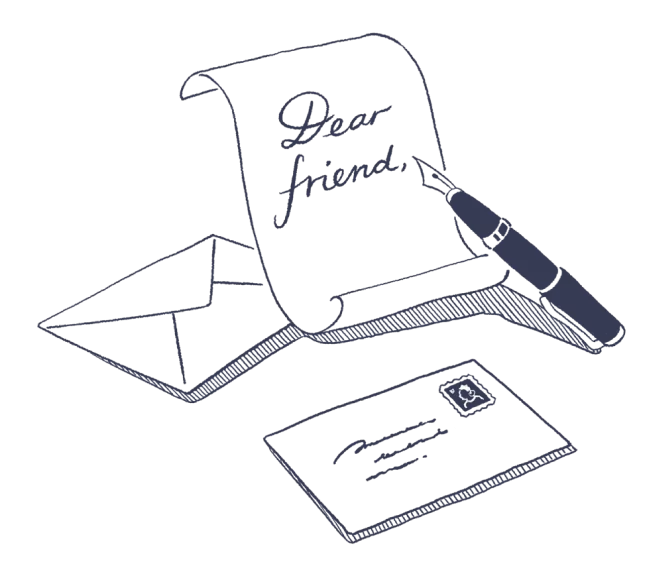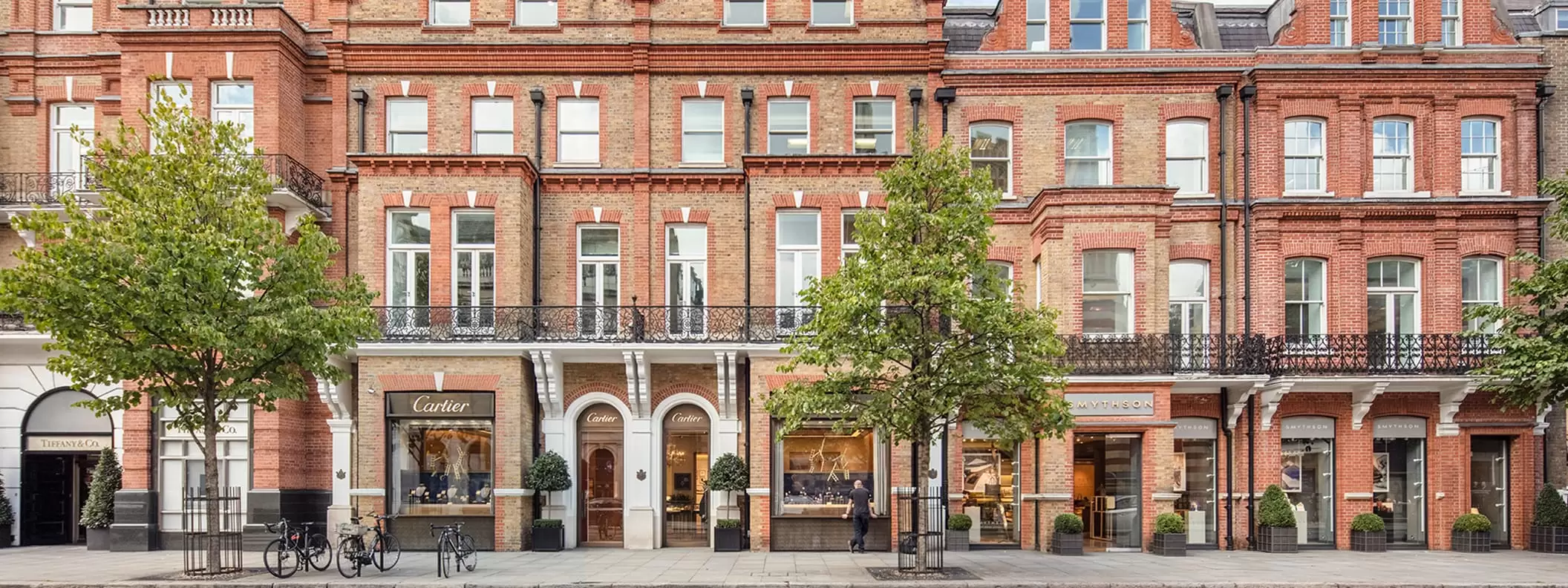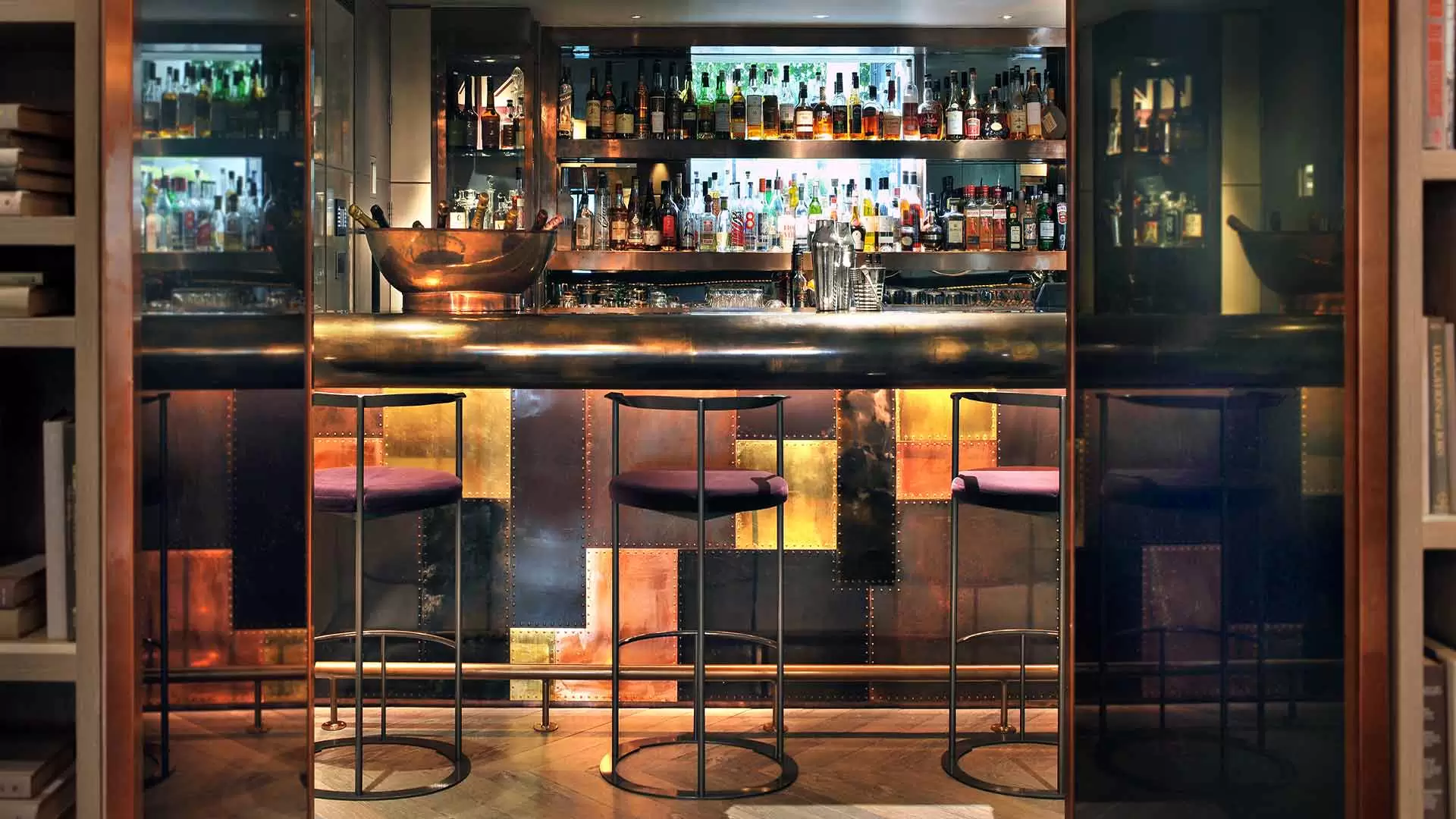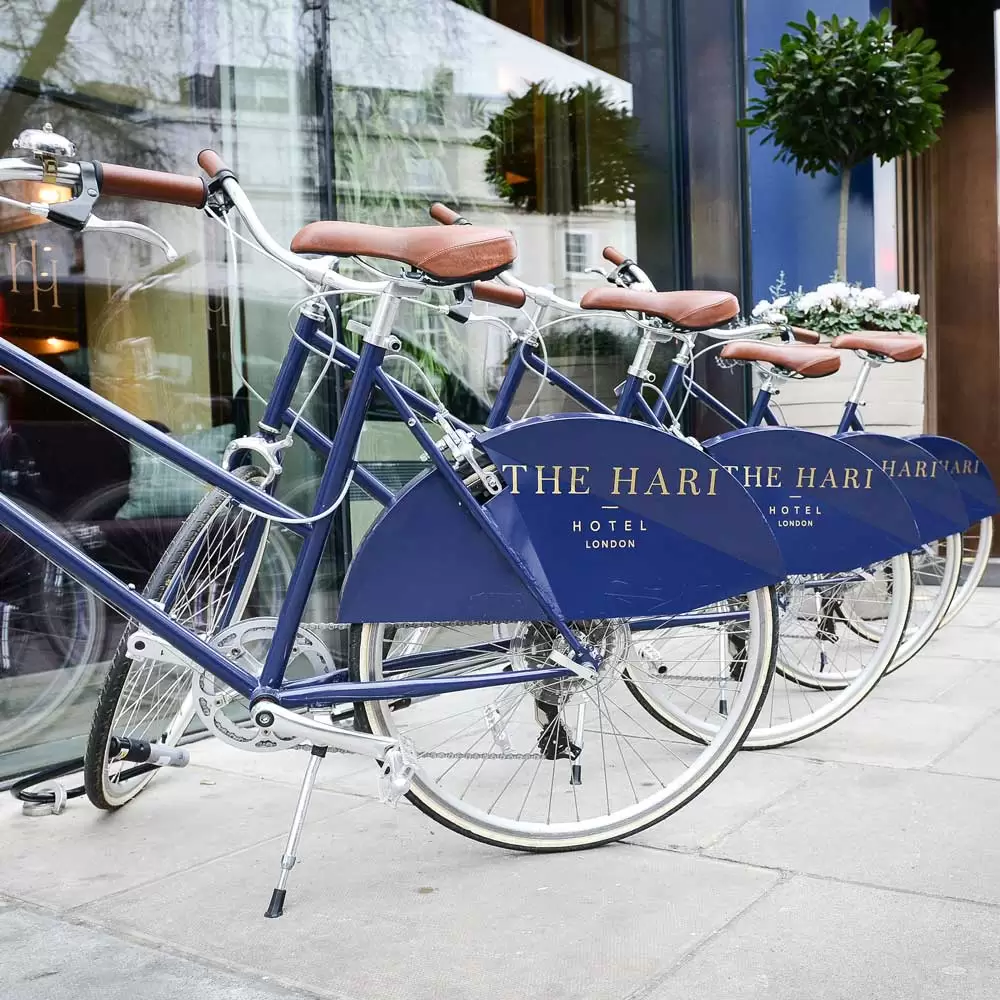Tell us a little bit about yourself?
My work has been increasingly focusing on an issue I cannot get my head around: the hypocrisy of contemporary living. The true meaning of my message is to highlight the dramatic relationship between Nature and Man. If humans, on the one hand, have subverted the natural order by disrupting the environment with their activities, by bending nature with the destructive mindlessness of their globalised systems, on the other hand, nature itself is reclaiming its spaces and regaining its own balance, which is once again emerging as the only viable one.
Despite the apparent hopelessness, these scenarios actually reveal, behind their inescapable morality, a reconciling aspect too that consists in the everlasting regenerative power of the natural element. This enables Nature to overcome any abuse imposed by man and his apparent supremacy.











